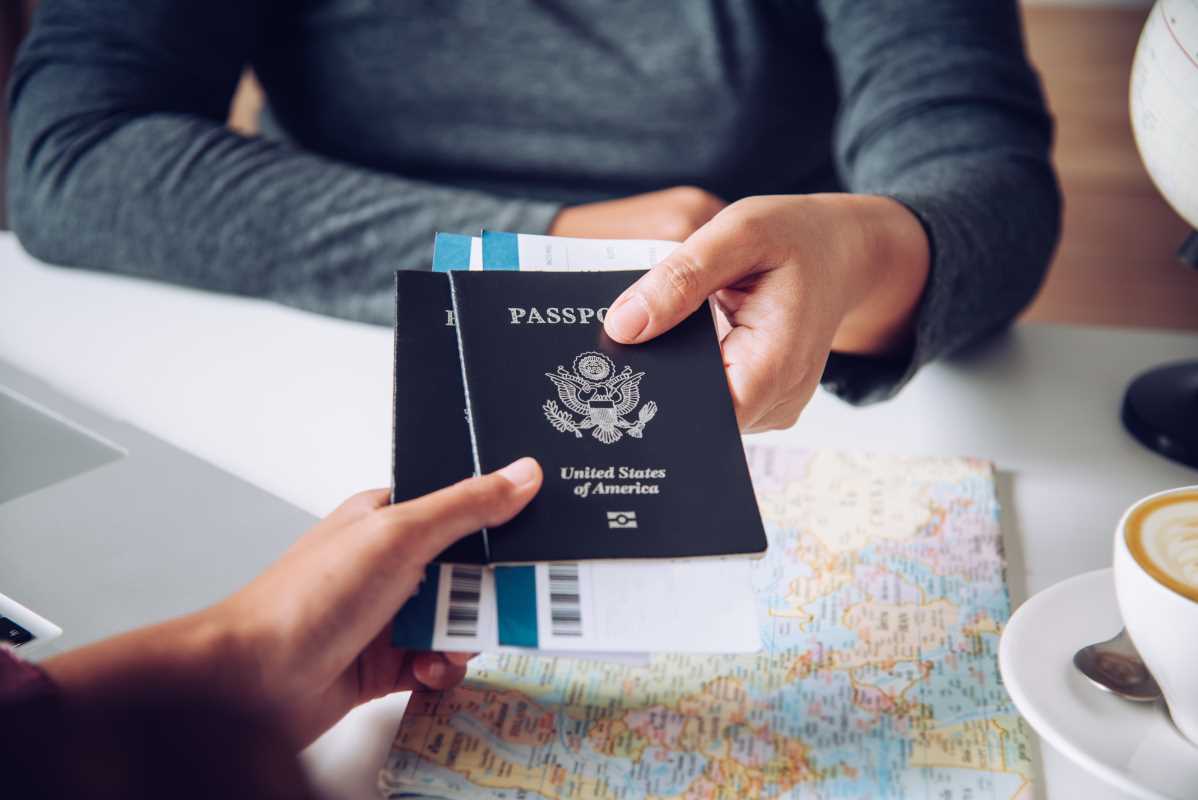Travel can be one of life’s greatest joys, but it often comes with a hefty price tag. Between flights, accommodations, and activities, costs can quickly add up—especially when visiting popular destinations during peak tourist seasons. However, there's a simple solution to stretch your travel budget further without sacrificing incredible experiences: travel during the off-season.
The “off-season,” or shoulder season, is when demand is lower, and destinations are free from the usual tourist crowds. Not only can you save significantly, but it’s also an opportunity to see a different side of a destination. This guide will show you how to unlock maximum savings and provide you with off-season recommendations for some of the world’s most popular destinations.
1. Europe in Winter (November–March)
Europe’s most-visited cities, like Paris, Rome, and Amsterdam, are famously crowded and pricey during summer. By traveling in the winter, you can enjoy dramatic price drops on flights and accommodations while experiencing winter magic.
Why Winter Works in Europe:
- Flights can cost 30-50% less than in summer months.
- Hotels offer discounts, and some boutique stays feature special winter deals.
- Attractions like the Eiffel Tower or the Colosseum have shorter lines, meaning more time exploring, less time waiting.
Bonus Perks: Many destinations, including Germany and Austria, host festive Christmas markets, adding a cozy and enchanting element to your trip.
Pro Tip: Southern European countries like Spain and Portugal offer milder climates, making destinations like Seville or Lisbon ideal for winter explorations.
2. Caribbean in Late Spring (April–June)
The Caribbean is a winter escape for many, but off-season deals can be found in late spring and early summer, outside of hurricane season and away from the holiday rush.
Why Spring Works in the Caribbean:
- All-inclusive resorts and flights often offer 40% discounts during this quieter period.
- Beaches and attractions are less crowded, giving you a slice of paradise to yourself.
- Local festivals and events showcase vibrant Caribbean culture without high-season markups.
Destinations to Consider: Barbados, Jamaica, and the Bahamas. Just double-check the weather forecast and avoid peak hurricane months from August to October.
Pro Tip: Look for shoulder season sales at top-rated resorts or book last-minute for even deeper discounts on accommodation.
3. Southeast Asia During the Wet Season (May–October)
While some shy away from Southeast Asia’s wet season, it’s a savvy traveler’s opportunity for major savings, as the rains tend to be short-lived and rarely disrupt daytime plans.
Why Visit in the Wet Season:
- Flights and accommodations can cost 30-50% less, making even luxurious stays affordable.
- Nature comes alive during this period, with lush greenery in countries like Thailand, Vietnam, and Indonesia.
- Smaller crowds mean fewer tourists at iconic landmarks like Angkor Wat or Bali’s rice terraces.
Pro Tip: Be flexible with your itinerary, and pack waterproof gear to enjoy your trip stress-free. Major cities like Bangkok and Hanoi often have plenty of indoor attractions too.
4. Australia in Spring (September–November)
Australia flips the conventional notion of seasons on its head. While summer dominates travel plans in cities like Sydney and Melbourne, spring offers more manageable crowds, comfortable weather, and an opportunity for off-season savings.
Spring Highlights in Australia:
- Scenic destinations like the Great Barrier Reef are less crowded, and you can score lower-priced tours.
- Popular spots like Sydney’s Bondi Beach and Melbourne’s laneways are less touristy during this time.
- Mild weather makes outdoor experiences, like hiking in the Blue Mountains, feel more comfortable.
Pro Tip: Plan your travels in late October to watch stunning wildflowers bloom across Western Australia.
5. Japan in Late Summer (July–September)
Japan is a favorite destination for cherry blossoms in spring and vivid foliage in autumn, but peak travel times come with steep prices. Late summer, often marked by humid weather, is a hidden gem for budget travelers.
Affordable Adventures in Late Summer:
- Accommodations and flights drop in price after the Obon holiday in mid-August.
- Festivals like Tokyo's Asakusa Samba Carnival and Kyoto’s traditional Gion Matsuri bring cultural vibrancy minus peak-season crowds.
- Attractions like Mount Fuji and Osaka Castle are less crowded, offering a more relaxed experience.
Pro Tip: Be prepared for humid weather by packing light fabrics and staying hydrated. Cities and trains are well-air-conditioned, making travel comfortable.
6. South Africa in Fall (March–May)
South Africa’s fall season is an underrated time to explore the country’s beauty and wildlife. While many flock to spring and summer safaris, the off-season offers a quieter, equally spectacular experience.
Reasons to Visit South Africa in the Fall:
- Safari lodges and guided tours often offer discounted packages, making wildlife adventures more accessible.
- Cape Town’s iconic Table Mountain is less busy, letting you soak up the views in peace.
- The weather is mild, ideal for outdoor pursuits like vineyard tours in Stellenbosch.
Pro Tip: Check for discounted flights and car rental deals that pair well with safaris.
7. The USA in Shoulder Seasons (March–May and September–October)
Across the United States, popular destinations like New York City, Orlando, and the national parks experience peak tourism crowds in the summer. Shoulder seasons offer plenty of saving opportunities while still delivering memorable experiences.
Best Shoulder-Season Spots:
- New York City: Spring in NYC brings beautiful blossoms to Central Park and lower hotel rates.
- Florida: September–October is perfect for lower-cost trips to Disney World or Miami Beach.
- National Parks: Visit Yellowstone or Grand Canyon after Labor Day to enjoy smaller crowds and off-season pricing on lodging.
Pro Tip: Watch for flight deals to gateway cities during these times, especially with budget airlines.
8. Alaska in Spring (April–May)
Alaska attracts adventure seekers during the summer, but traveling just a bit earlier can save you money while still offering jaw-dropping views of its majestic landscapes.
Advantages of Spring in Alaska:
- Cruise lines often offer shoulder-season discounts before the summer rush.
- Wildlife viewing is incredible during this time, with bears waking from hibernation and whales migrating along the coast.
- Tours to see the Northern Lights remain available, and conditions are less frigid than in the height of winter.
Pro Tip: Book your Alaskan adventures early to snag better deals before the summer crowds descend.
Benefits of Off-Season Travel
Traveling during the off-season isn’t just about saving money. Here are some added benefits to inspire you to reconsider peak travel:
- Smaller Crowds: Popular attractions are far less crowded, allowing you to immerse yourself in the experience.
- Unique Perspectives: Off-seasons often reveal a destination’s more authentic, local-focused side, with fewer commercialized events dominating the scene.
- More Spontaneity: Lower demand means you can often book activities and tours last minute without stress.
Tips for Making the Most of Your Off-Season Travel
- Do Your Research: Always check the weather forecast and specific seasonal conditions, like monsoons or snowstorms. Tailoring your plans ensures a smooth experience.
- Pack Appropriately: Whether it’s rain gear or sunblock, being prepared for off-season conditions can make or break your trip.
- Be Flexible: Off-season travel rewards adaptability. You might discover more opportunities by going with the flow.
 (Image via
(Image via





